Table of content
Cooking rice can often feel like an art form, balancing the perfect amount of water, heat, and time to achieve fluffy, tender grains. However, even the most seasoned chefs can occasionally find themselves staring at a pot of overcooked, watery rice—a culinary disaster that can dampen the spirits of any meal prep. But fear not! With a few clever tricks and techniques, you can transform that soupy mess back into a satisfying, edible dish. This guide will delve into various methods to rescue overcooked, watery rice, ensuring your kitchen remains a haven of culinary success rather than disappointment.
Understanding the Science Behind Watery Rice
Before diving into solutions, it’s essential to understand why rice becomes watery. Rice contains a high amount of starch, which, when cooked, absorbs water and swells, creating the desired texture. However, too much water or improper cooking techniques can lead to the starch being released excessively, creating a gluey, watery consistency.
Factors contributing to watery rice include:
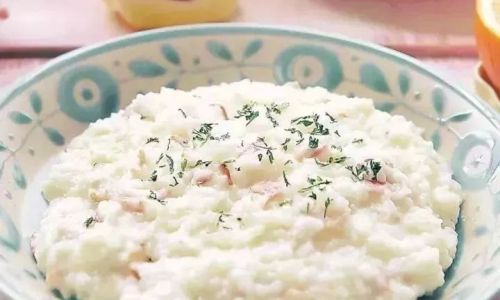
- Excess Water: Using more water than necessary for the type and amount of rice being cooked.
- High Heat: Cooking rice on too high heat can cause the water to boil too vigorously, breaking down the grains and releasing more starch.
- Improper Absorption: Not allowing the rice to sit and absorb the water properly after cooking, leading to excess liquid.
- Rice Variety: Some rice varieties, like jasmine or basmati, require specific water-to-rice ratios and cooking methods.
Immediate Rescue Techniques
If you’ve already ended up with watery rice, here are some quick fixes to turn the situation around:
Drain and Reheat
The simplest and most direct approach is to drain off the excess water. Here’s how:
- Step 1: Carefully pour the rice into a colander, allowing the excess water to drain away. Use a spoon to gently press down on the rice to release more liquid if necessary.
- Step 2: Spread the drained rice evenly on a baking sheet or in a shallow pan.
- Step 3: Place the rice in a preheated oven at a low temperature (around 200°F or 93°C) for about 10-15 minutes, stirring occasionally to prevent sticking. Alternatively, you can use a stovetop on very low heat, stirring frequently.
- Step 4: Once the rice has dried out to your liking, fluff it with a fork and serve.
Absorb with a Towel
A less conventional but effective method involves using a clean kitchen towel:
- Step 1: Spread the watery rice out on a clean kitchen towel laid on a flat surface.
- Step 2: Fold the towel over the rice, gently pressing down to absorb the excess moisture. Be careful not to crush the grains.
- Step 3: Unfold the towel and let the rice sit for a few minutes to allow any remaining moisture to evaporate naturally.
- Step 4: Reheat the rice in the oven or on the stovetop as described in the previous method.
Add Absorbent Ingredients
Incorporate ingredients that can absorb excess moisture without altering the flavor too much:
- Breadcrumbs: Sprinkle a small amount of dry breadcrumbs over the rice and stir gently. The breadcrumbs will absorb the excess water.
- Powdered Milk: Add a tablespoon or two of powdered milk to the rice. It not only absorbs moisture but can also add a subtle creaminess.
- Rice Flour: For a gluten-free option, sprinkle a little rice flour over the rice and mix well.
Reheat the rice after adding these absorbents to ensure even distribution and to evaporate any remaining moisture.
Long-Term Solutions and Preventive Measures
While the above techniques can help rescue a batch of watery rice, preventing the issue in the future is key. Here are some strategies to ensure your rice turns out perfectly every time:
Follow the Right Water-to-Rice Ratio
Different types of rice require different amounts of water. Here are some common ratios:
- Long-grain rice (like basmati or jasmine): 1 cup rice to 1.5 to 2 cups water
- Medium-grain rice (like Arborio for risotto): 1 cup rice to 3 to 4 cups liquid (often includes broth or wine)
- Short-grain rice (like sushi rice): 1 cup rice to 1 to 1.25 cups water
Always check the package instructions for specific guidance on your rice variety.
Use the Right Cooking Method
Different cooking techniques yield different results. Here are a few popular methods:
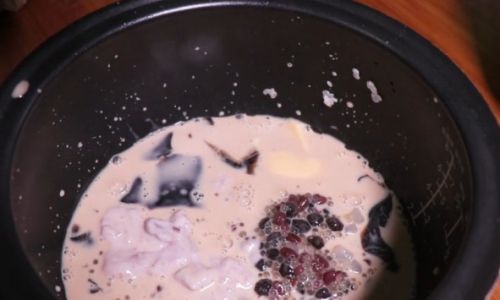
- Absorption Method: This is the most common method for cooking long-grain and medium-grain rice. Bring the water and rice to a boil, then reduce heat to low, cover, and simmer until the water is absorbed.
- Boiling Method: Suitable for short-grain rice and pasta-like grains like Arborio. Boil the rice in water or broth until tender, then drain.
- Steaming Method: Place rice in a steamer basket over boiling water and steam until cooked. This method retains more nutrients and flavor.
Control the Heat
Too high heat can cause the rice to stick and release too much starch. Use medium-low heat for simmering and avoid stirring too frequently, as this can also break down the grains.
Rest and Fluff
Once the rice is cooked, let it sit covered for about 10 minutes. This allows the grains to finish absorbing any remaining moisture and firm up. After resting, fluff the rice with a fork to separate the grains.
Rinse the Rice
Rinsing rice before cooking helps wash away surface starch, reducing the likelihood of the rice becoming gluey. Use cold water and gently swish the grains around with your hands, then drain. Repeat until the water runs clear.
Creative Cooking Solutions
If you’re not satisfied with simply drying out your rice, consider transforming it into something new:
Fried Rice
Watery rice is actually ideal for making fried rice. The extra moisture helps the rice stick together slightly, making it easier to form clusters when stir-frying. Add your favorite vegetables, proteins, and sauces for a delicious meal.
- Step 1: Heat a little oil in a wok or large skillet over medium-high heat.
- Step 2: Add beaten eggs (optional) and scramble until cooked. Remove from the pan.
- Step 3: Add chopped vegetables (like carrots, peas, and bell peppers) and cook until tender.
- Step 4: Add the watery rice to the pan, breaking it up with your hands or a spatula. Stir-fry until the rice is heated through and slightly crispy.
- Step 5: Return the scrambled eggs to the pan, mix in soy sauce, oyster sauce, or your preferred seasoning, and serve.
Rice Pudding
Transform your watery rice into a creamy, comforting dessert.
- Step 1: In a saucepan, combine the rice, milk (dairy or non-dairy), and a sweetener like sugar or honey.
- Step 2: Cook over medium heat, stirring frequently, until the mixture thickens to your desired consistency.
- Step 3: Add spices like cinnamon, nutmeg, or vanilla extract for flavor.
- Step 4: Serve warm or chilled, topped with fresh fruit, nuts, or whipped cream.
Rice Soup
Use the watery rice as the base for a hearty soup.
- Step 1: In a large pot, sauté onions, garlic, and carrots until softened.
- Step 2: Add broth, tomatoes, and any other vegetables you like (like potatoes, celery, or peas).
- Step 3: Stir in the watery rice and cook until everything is tender and the soup has thickened slightly.
- Step 4: Season with salt, pepper, and herbs like thyme or parsley.
Conclusion
Overcooked, watery rice doesn’t have to be a kitchen catastrophe. With a variety of rescue techniques and preventive measures, you can turn even the soupiest of rice into a delightful meal. Whether you choose to drain, absorb, or transform your rice, remember that with a bit of creativity and patience, you can salvage almost any culinary mishap. Happy cooking!

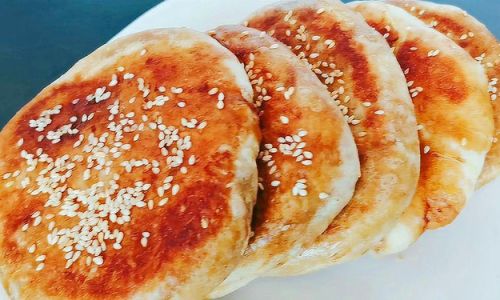
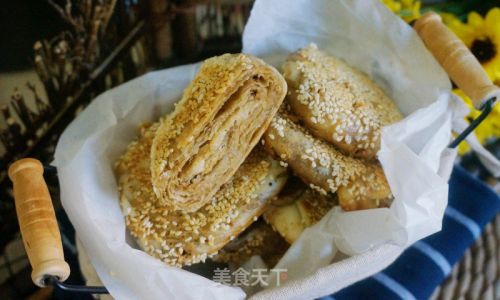
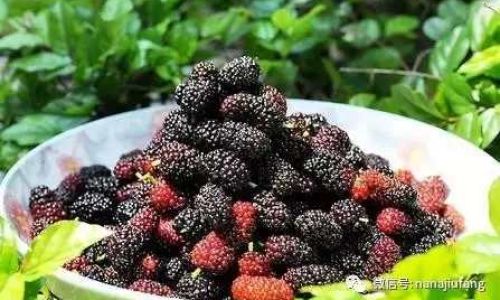


0 comments